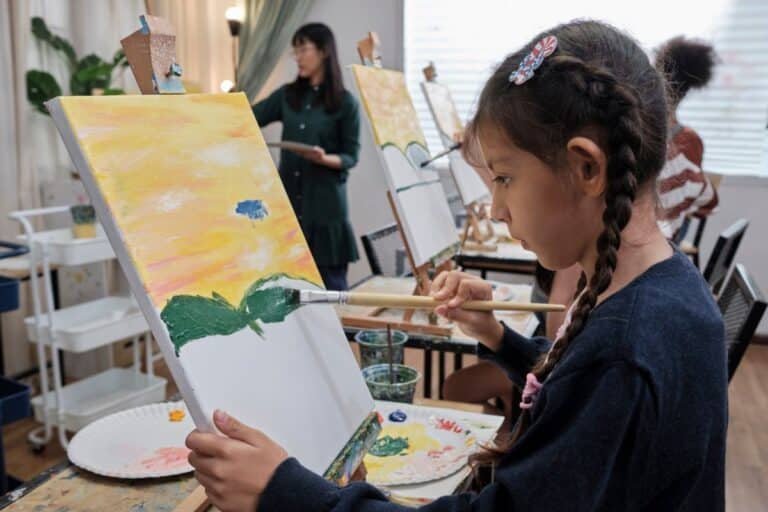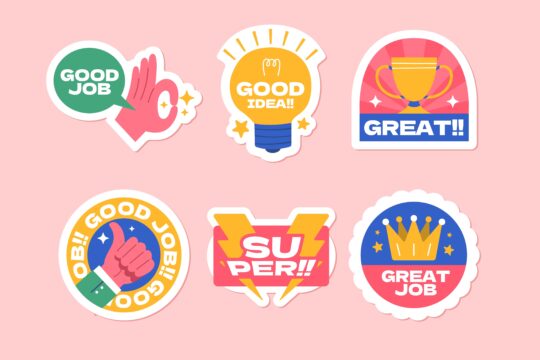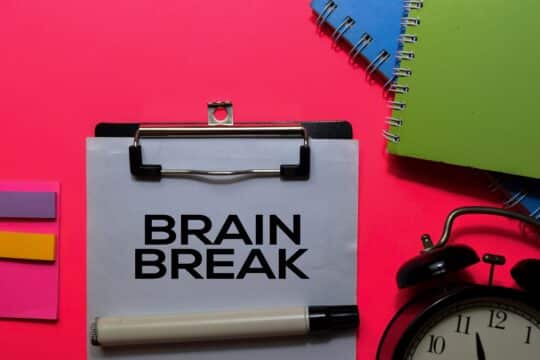In today’s technology-driven classrooms, art remains an important component of student development. Despite often being the first to be cut from the curriculum in some schools, dismissed as a luxury, or merely a source of fridge-worthy projects, art education holds profound benefits.
From fostering cognitive abilities and emotional resilience to enhancing academic performance and learning lifelong skills, art class provides much more than just a creative outlet. Here, we’ll explore why art class is so essential and how to make it more accessible to all students.
Cognitive Skills
Art classes play a critical role in developing a student’s cognitive skills. They encourage creativity, allowing students to express themselves in a different way other than writing. This freedom promotes innovative thinking. It also helps to develop students’ critical thinking skills.
As students look at their work and that of their classmates, they learn to observe, analyze, and make judgments, which are all valuable skills students will use in all aspects of their lives. Art classes can also enhance students’ visual-spatial skills. When students are drawing, painting, or creating sculptures they need to understand space and perspective which are skills they need if they ever go into fields like architecture or engineering.
Social-Emotional Learning
Art class extends beyond a student’s cognitive development, it can also impact their social- emotional learning. Artistic activities can tap into students’ feelings so if they have a hard time vocalizing their feelings, they may be better able to express themselves through art.
This can feel therapeutic and help to build their self-confidence. It can also release any anxiety and stress they may be feeling. Art can also promote empathy. When students explore different art forms and learn different cultural and personal perspectives, they have a better understanding of other people’s experiences.
Academic Achievement
Various studies conducted over the years have shown a correlation between art education and academic achievement. Reports from organizations like the Arts Education Partnership and the National Endowment for the Arts in the United States suggest that the arts are linked to improved test scores, enhanced reading and language skills, and higher rates of going to and completing college. Additional findings show artistic activities enhance memory and attention to detail. Integrating art with other subjects, referred to now as STEAM (Science, Technology, Engineering, Arts, and Mathematics) can help make learning more relatable and deepen students’ understanding and retention.
Lifelong Skills
The skills learned in art class extend far beyond the classroom. In today’s job market creativity is valued. Employers are seeking individuals who are innovative, creative, and who think outside of the box. This need for creative thinking is ranked as a top skill for future professionals. Additionally, art class teaches risk-taking and resilience. By continually taking creative risks students are developing resilience which can help them with any challenges they may face in the future.
Cultural Awareness and Appreciation
When students are engaged with art forms from different cultures, they gain a deeper understanding of global cultures. They learn to respect and value different viewpoints and traditions. By creating and discussing art from various backgrounds, students dispel stereotypes and prejudices, promoting a society that is more inclusive and empathetic to others.
Making Art Class Accessible
Art classes are not always accessible to all students. This may be driven by socioeconomic status, school funding, or geographic location. Ensuring that every student has access to art education is crucial for a student’s well-rounded academic experience. Here are a few approaches to achieve this goal.
Invest in Art
One way to make art classes universally accessible is to invest in art programs. Allocate funds for basic supplies and materials that will inspire students to create as well as invest in professional development for teachers. Teachers who have a background in art education will help foster a greater appreciation for the arts among students.
Integrate Art
Art can be integrated into the core curriculum to ensure all students have access to art education. STEAM education combining art with other core curricula can become fundamental to every child’s educational experience.
Utilize Technology
Art education can be made more accessible through technology. Digital tools can bring art classes to children across the globe. Virtual classes mean students can learn, create, and share their work with anyone worldwide.
Form Partnerships within the Community
Partnerships with local art galleries and artists can provide schools with additional resources. These partnerships might involve professional artists working with students, or collaborations with local museums that offer field trips or workshops. Community involvement enhances the school’s art program and strengthens the community culture.
Art class is a vital part of a child’s educational experience. It nurtures cognitive, social, and emotional skills, boosts academic achievements, makes them more culturally aware, and prepares students with skills they will use throughout their lives. Making art education accessible for all students should be a priority for all leaders and administrators.




